
Posts Tagged: microbes
Tobin Hammer and Bees: Probing the Mystery of the Missing Microbes
Don't miss this seminar by Tobin Hammer Wednesday, April 13 on "Mystery of the...
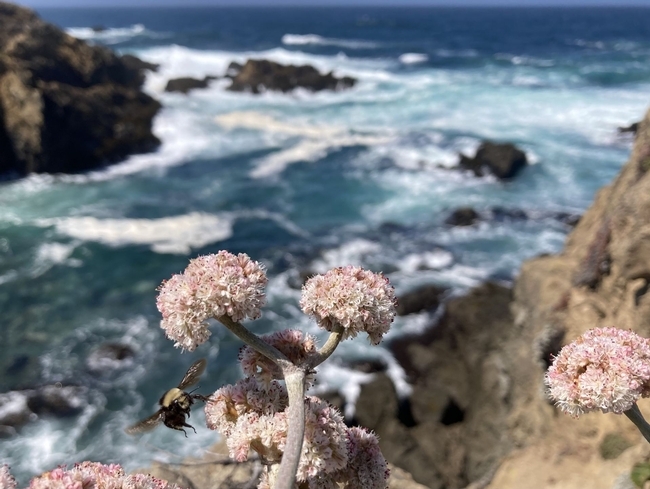
A yellow-faced bumble bee, Bombus vosnesenskii, foraging on buckwheat along California coast. (Photo courtesy of Tobin Hammer)
Congrats to the Two 'Jakes' from the Rachel Vannette Lab
Congrats to the two "Jakes" from the laboratory of community...
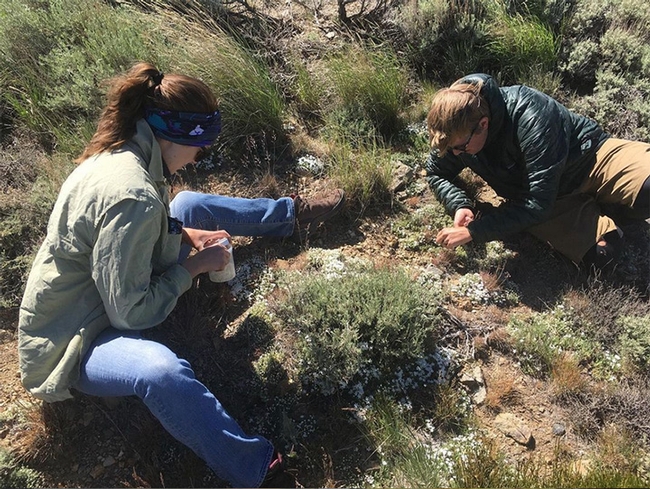
In this image, Jacob “Jake” Francis and Sage Kruleski, an undergraduate researcher from the University of Nevada, Reno, are sampling nectar and pollen rewards from phlox on Peavine Mountain, northwest of Reno.
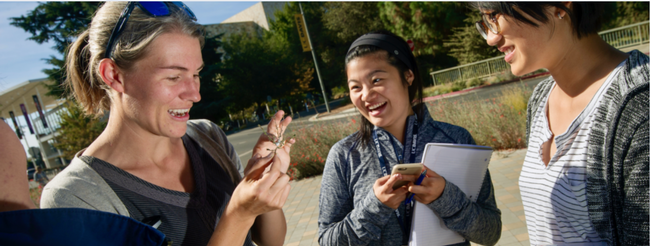
Scores of projects in the laboratory of UC Davis community ecologist Rachel Vannette (far left) are in full force. This image appears on the UC Davis Department of Entomology and Nematology home page.
Davis Botanical Society Grant Winners: 'How I Spent My Field Season'
You've heard of New York Times' best-selling author, Mark Teague, and his book, "How I Spent My...
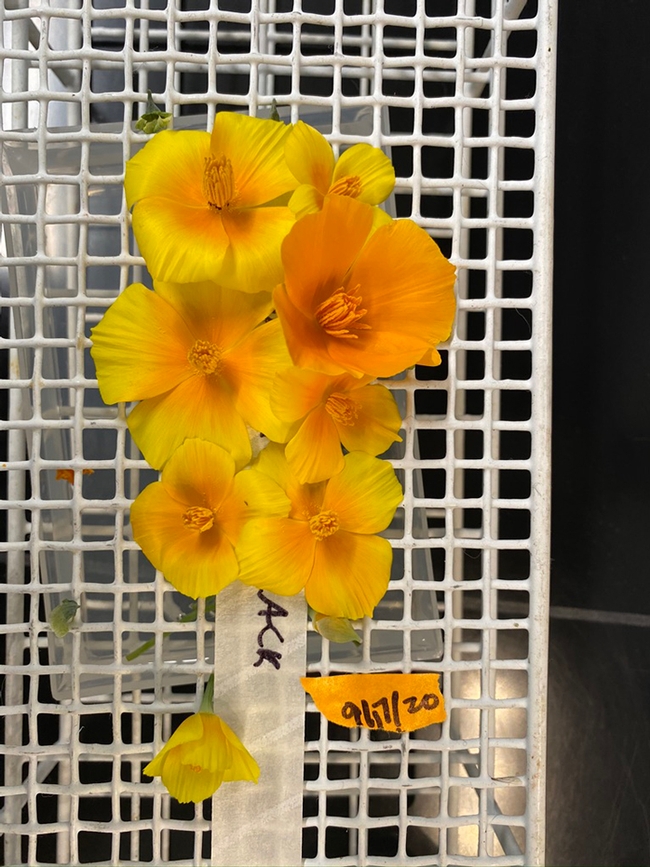
Doctoral student Shawn Christensen will present "Nectar Microbes Induce Pollen Germination to Access Scarce Nutrients" at the Davis Botanical Society meeting on Nov. 19. (Photo by Shawn Christensen)
No Open House March 21 at Bohart Museum of Entomology
If you marked your calendar to attend the Saturday, March 21 open house at the Bohart Museum of...
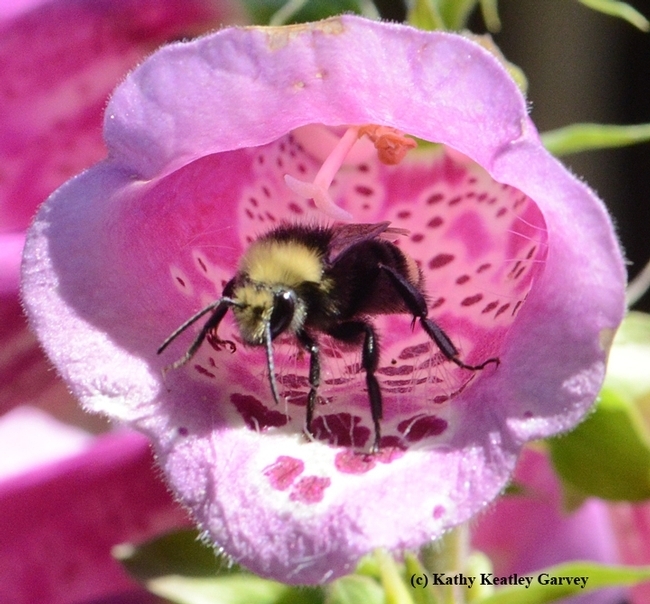
bombusvos
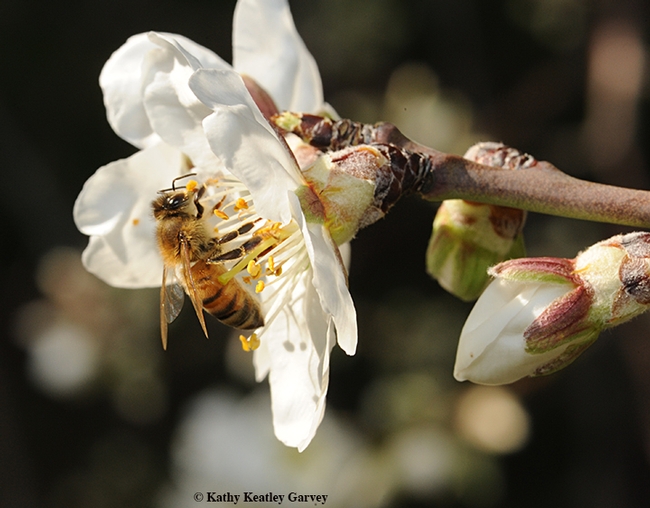
bugsquadee on almond copy
Rachel Vannette: Two National Science Foundation Grants
Congratulations to community ecologist Rachel Vannette of the UC Davis Department of Entomology and...
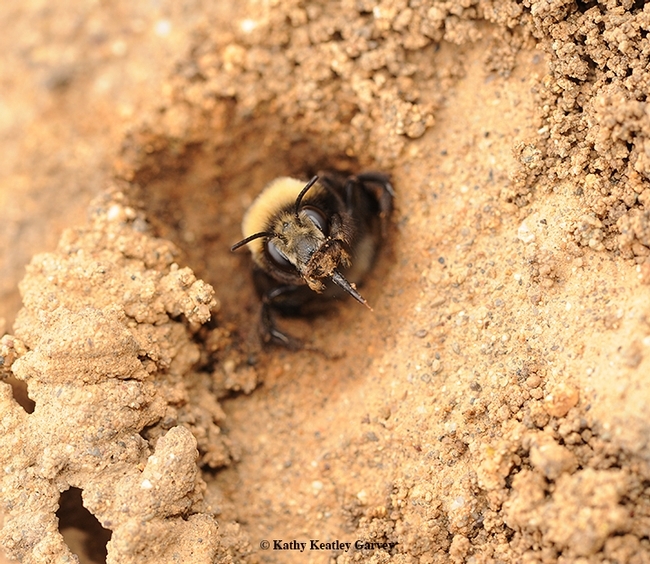
A digger bee, Anthophoroa bomboides, at Bodega Hay, Sonoma County. This is a solitary ground nesting bee, one of the species that collaborators Rachel Vannette, Bryan Danforth, Shawn Steffan, and Quinn McFrederick will study in their grant, "The Brood Cell Microbiome of Solitary Bees: Origin, Diversity, Function, and Vulnerability.” (Photo by Kathy Keatley Garvey)
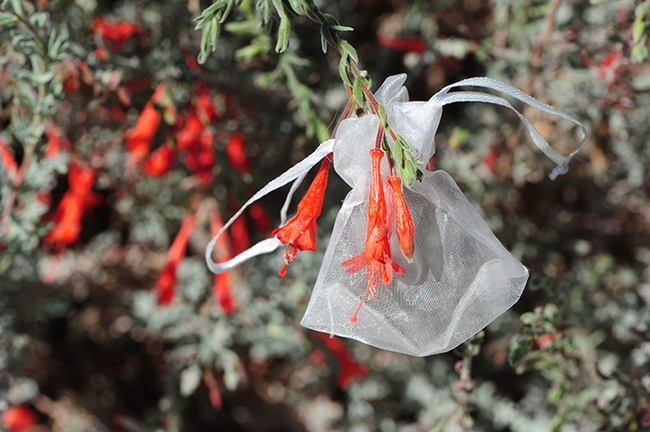
The research of UC Davis community ecologist Rachel Vannette involves microscopic organisms in the nectar of California fuchsia, Epilobium canum. She uses nylon bags to prevent pollinator contact. (Photo by Kathy Keatley Garvey)
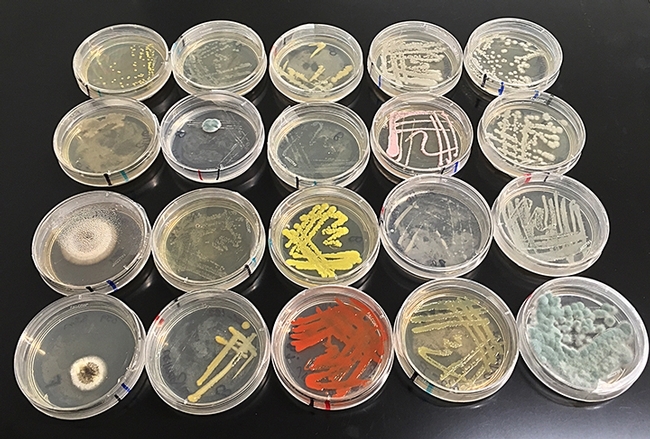
Microbial stains (fungi and bacteria) isolated from floral nectar. (Photo by Rachel Vannette)
